Vincent van Gogh: A Revolution in Post-Impressionist Art

Vincent Willem van Gogh is a name that invokes the image of Starry Night, swirls of vibrant color, and emotional depth. Born on March 30, 1853, in Zundert, Netherlands, van Gogh's work came to define and shape the direction of post-impressionist art. Despite a life marred by mental illness and relative obscurity, van Gogh's posthumous fame grew to the point where he is now heralded as a pivotal figure in Western art.

Early Life and Artistic Beginnings
Van Gogh did not start his artistic career until his late twenties. Initially, he worked in a firm of art dealers, and later as a missionary in a mining region in Belgium. It was only after these experiences, motivated by his unyielding desire to express the human condition, that he began to seriously pursue painting.
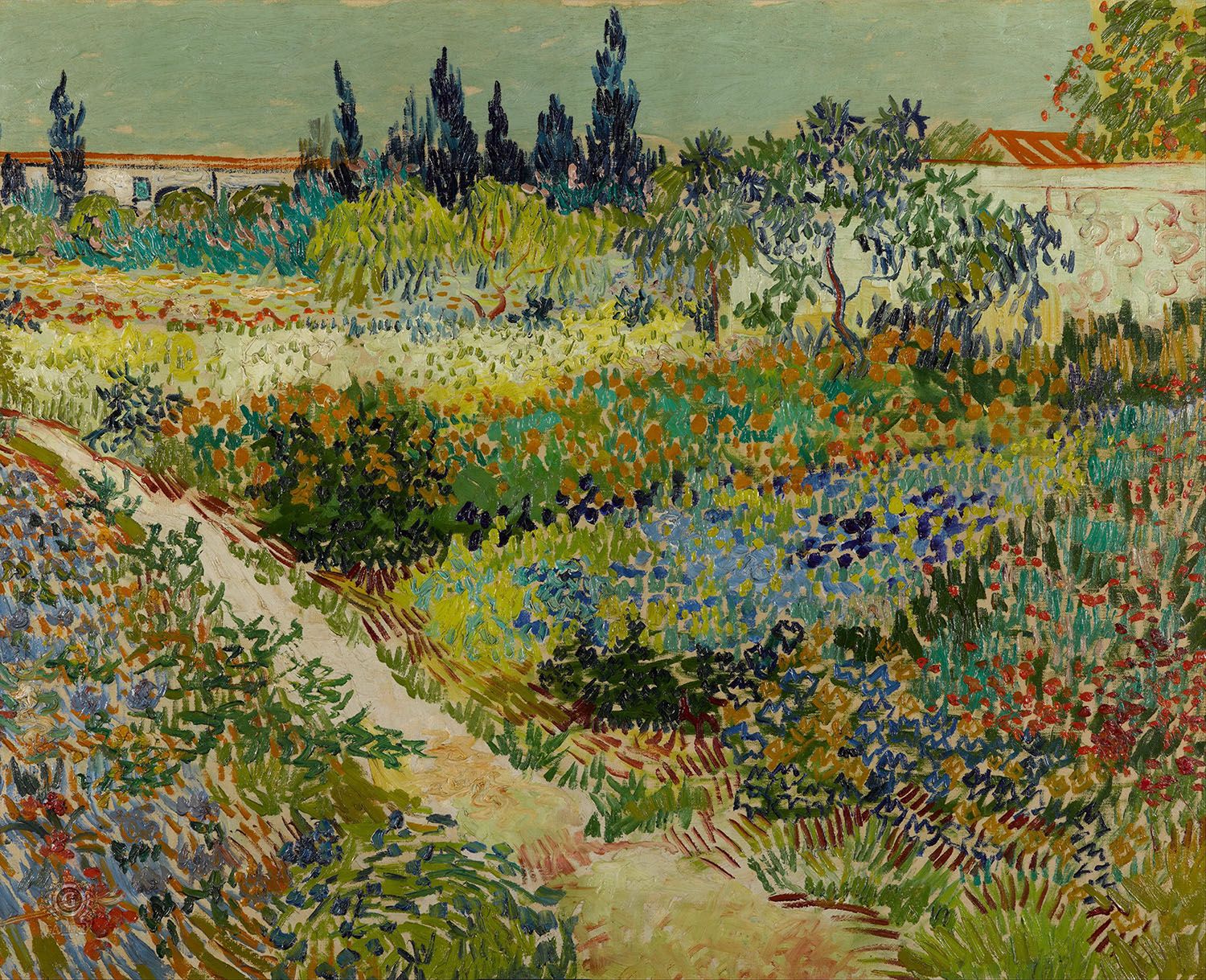
His early works were somber and depicted peasant life; pieces like "The Potato Eaters" (1885) bear testament to his social concerns and his interest in capturing the hardships of rural existence.
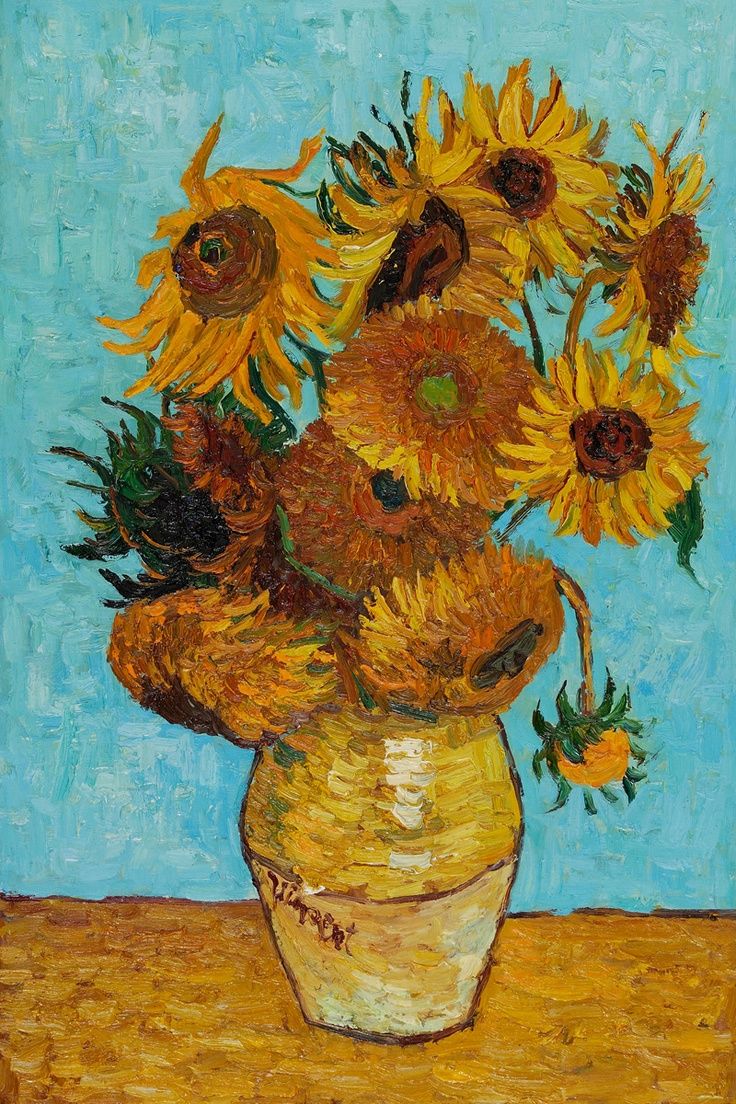
Development of Style
Van Gogh's style evolved rapidly as he was exposed to various influences, including the work of the Dutch masters, the vivid colors of the Impressionists in Paris, and the sun-drenched landscapes of the south of France. As he refined his vision, he began experimenting with bold, expressive brushwork and a brighter palette, diverging from the more muted tones of his early pieces.
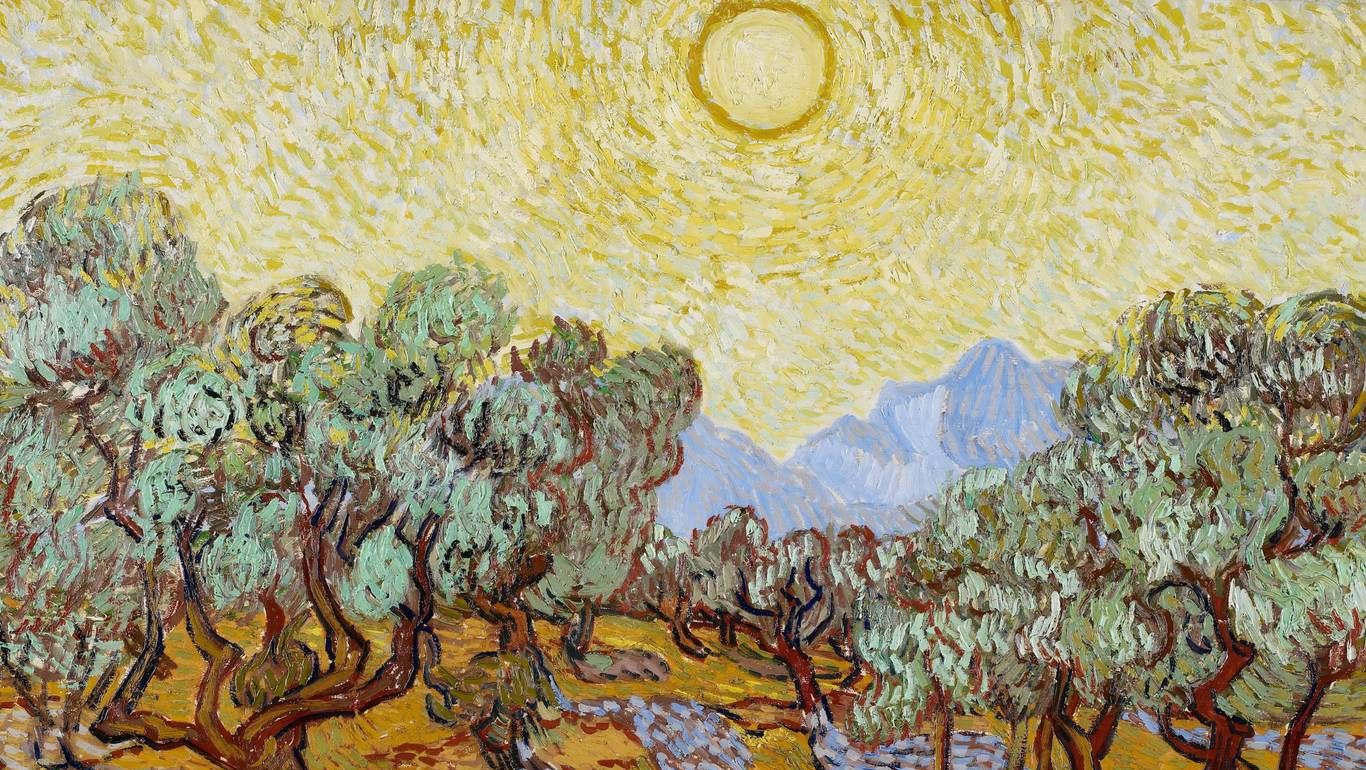
This evolution marked the transition to what we now recognize as van Gogh's signature style: dynamic, swirling compositions, emotionally-charged use of color, and a sense of urgency and movement that seems to animate his canvases from within.

Major Works
In a prolific period of just over a decade, van Gogh crafted over 2,100 artworks, including around 860 oil paintings and more than 1,300 watercolors, drawings, and sketches. Some of his most renowned works include:
1. "Starry Night" (1889) – Possibly his most famous work, it captures the view from his asylum room at Saint-Rémy-de-Provence, with a swirling sky and the bright crescent moon.
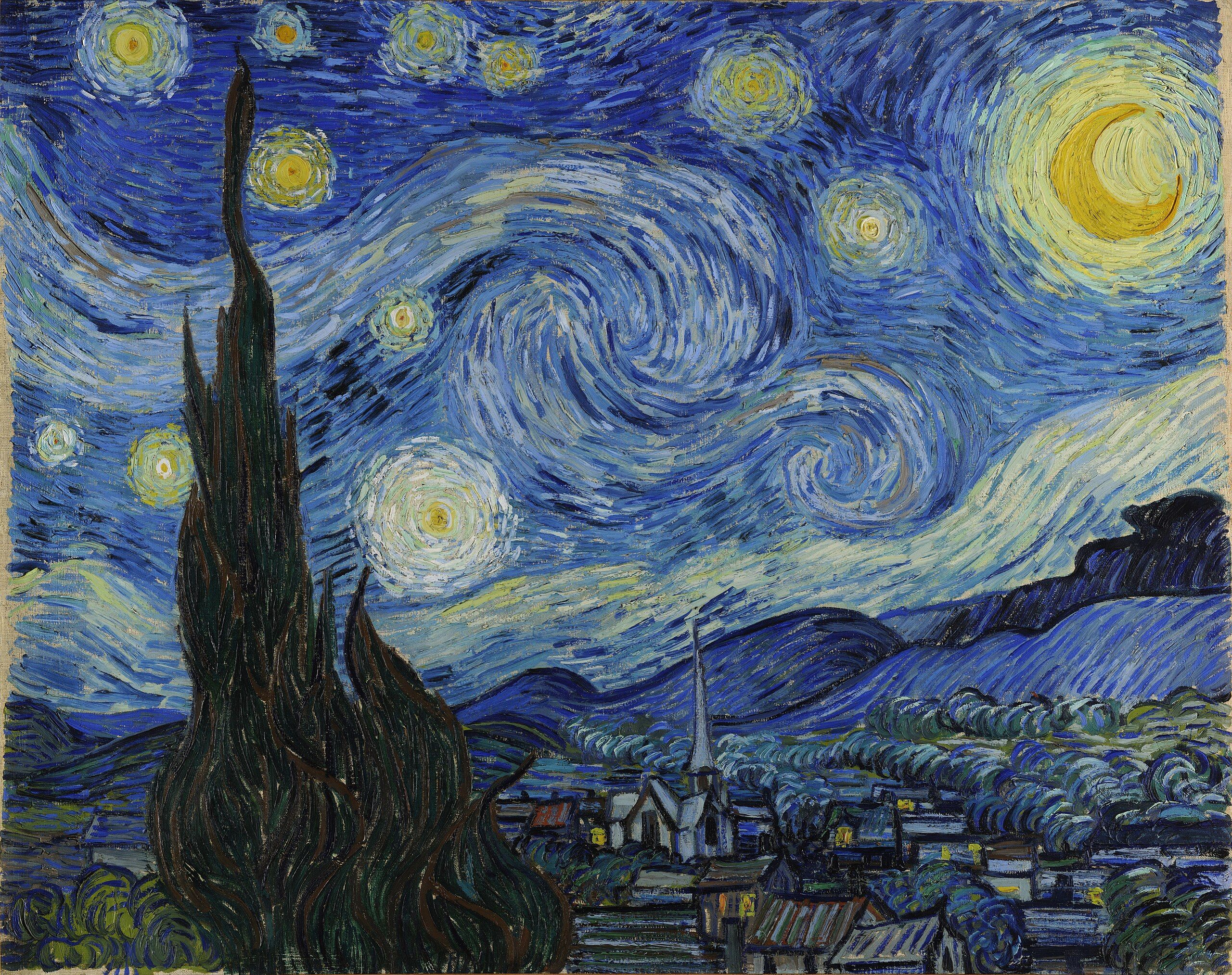
2. "Sunflowers" (1888) – A series that highlights van Gogh's fascination with color; the vibrant yellow of the sunflowers is set to stand against various backgrounds, creating a series of mood variations within the same subject.

3. "The Bedroom" (1888) – An intimate glimpse into van Gogh's living space in Arles, characterized by his use of bold colors and simplified forms to convey calm and rest.
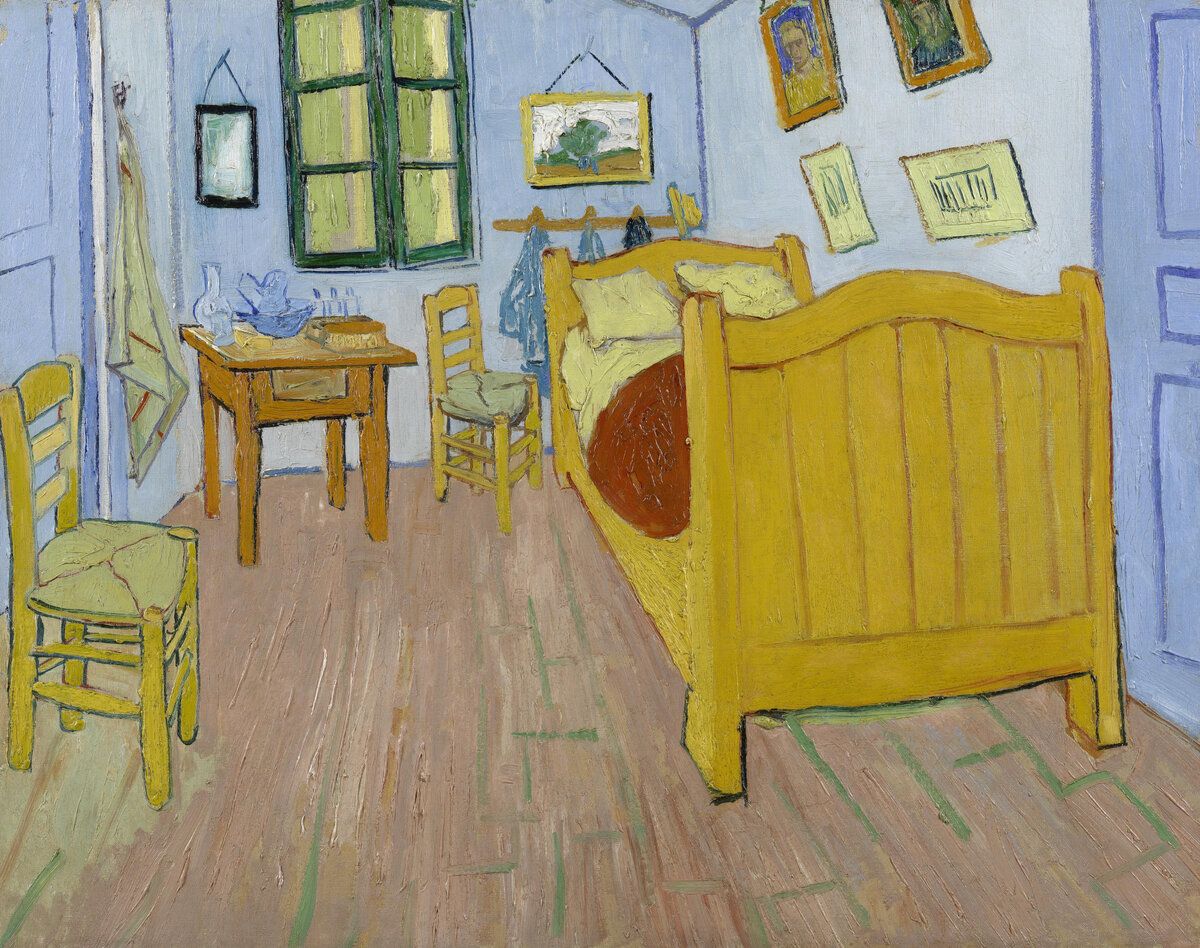
Mental Health and Legacy
Tragically, van Gogh struggled with mental health issues for much of his adult life, leading to erratic behavior and ultimately, his death in July 1890 from a self-inflicted gunshot wound. He famously cut off part of his ear and delivered it to a woman after a confrontation with fellow artist Paul Gauguin.
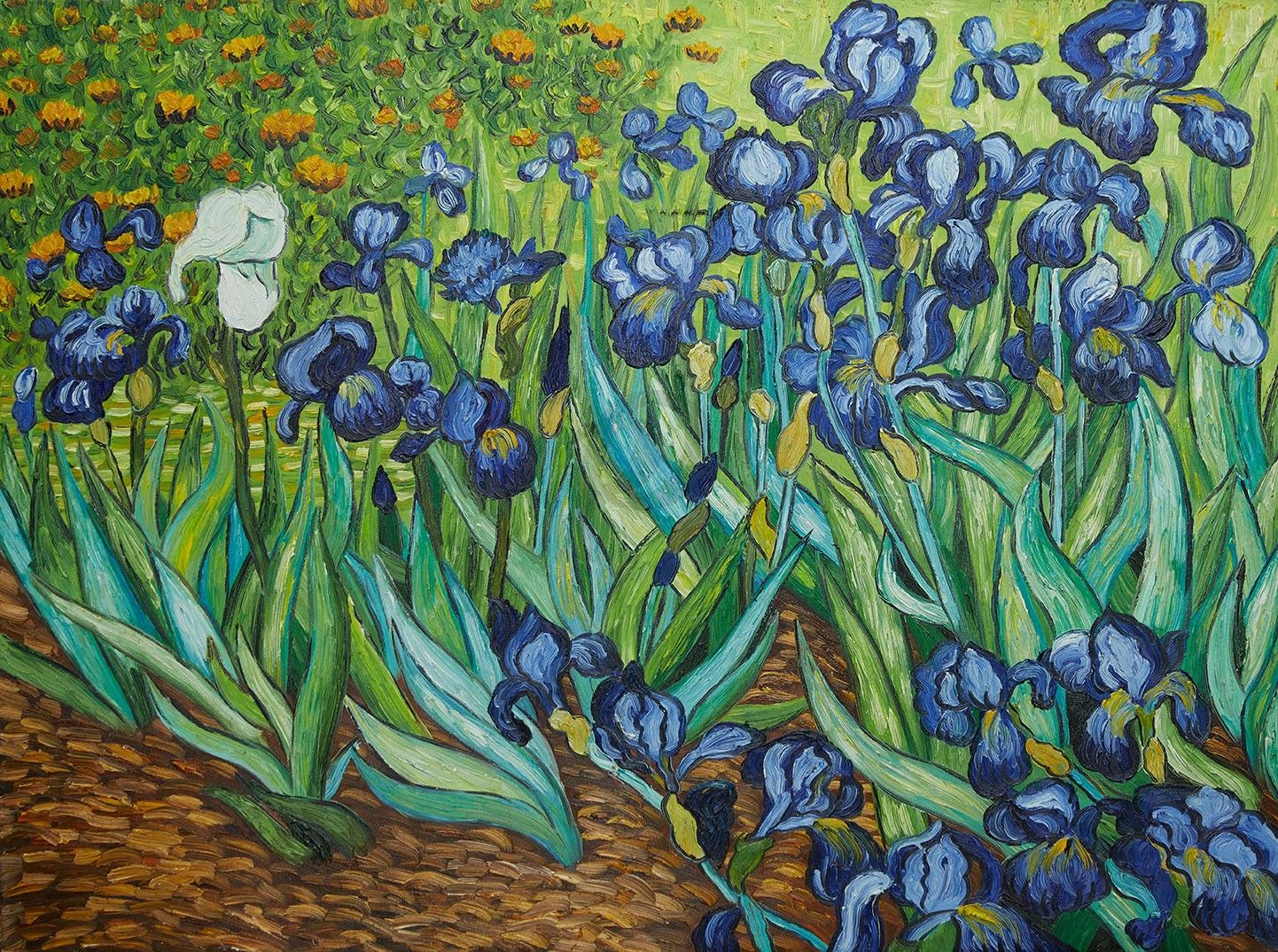
Van Gogh's tormented life story has often overshadowed the study of his art, but his pioneering techniques and his focus on conveying emotional intensity have cemented his standing as an influential figure in the history of modern art. His tumultuous personal life fed into his work, contributing to its authenticity and power.
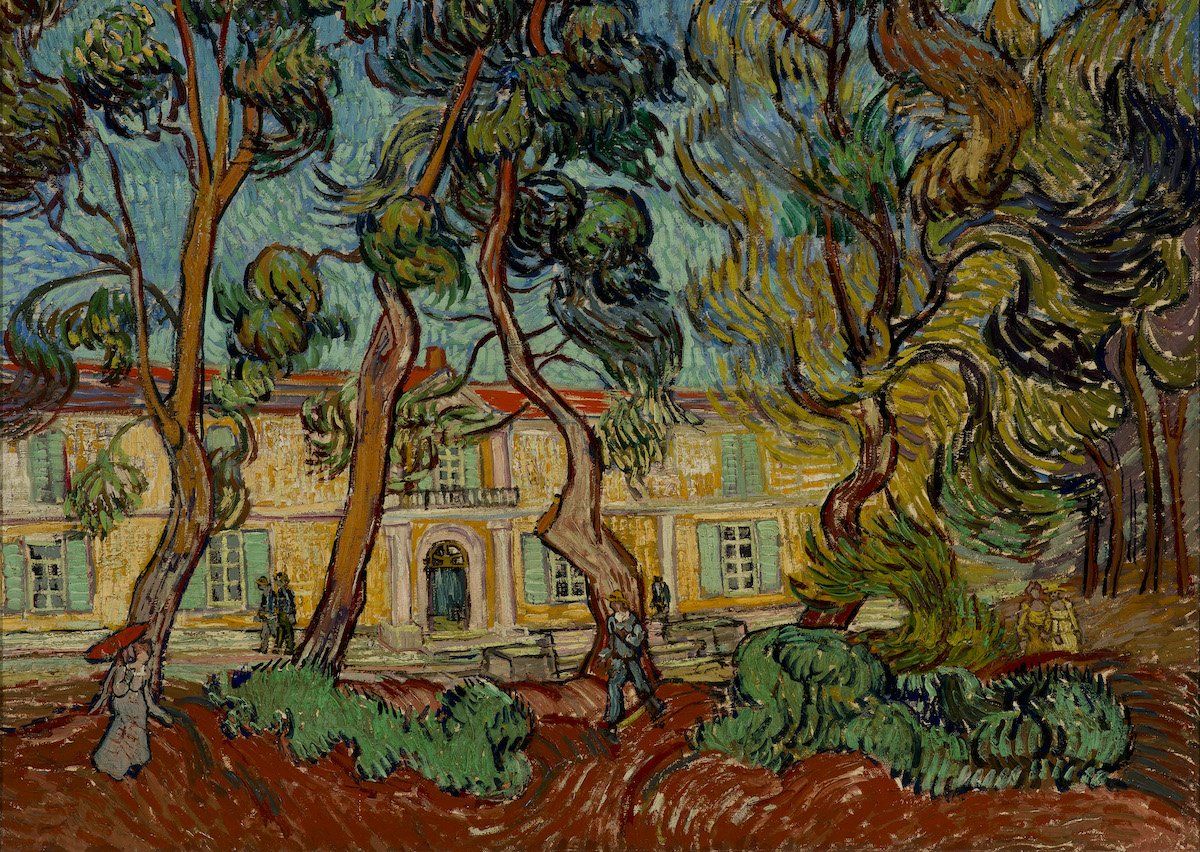
Conclusion
Vincent van Gogh's work resonates with millions, not just for its visual appeal but for its ability to touch upon the profound emotions and experiences of life. His paintings remain among the most beloved and sought-after in the world, a testament to a talent that burned brightly, if briefly, before its extinguishing.

The artist's letters, particularly those to his brother Theo, offer insight into his philosophies on life, art, and creativity. Despite his lack of commercial success during his lifetime, Vincent van Gogh is now honored as a visionary who gave the world an enduring legacy of beauty and passion encapsulated in each stroke of his brush.